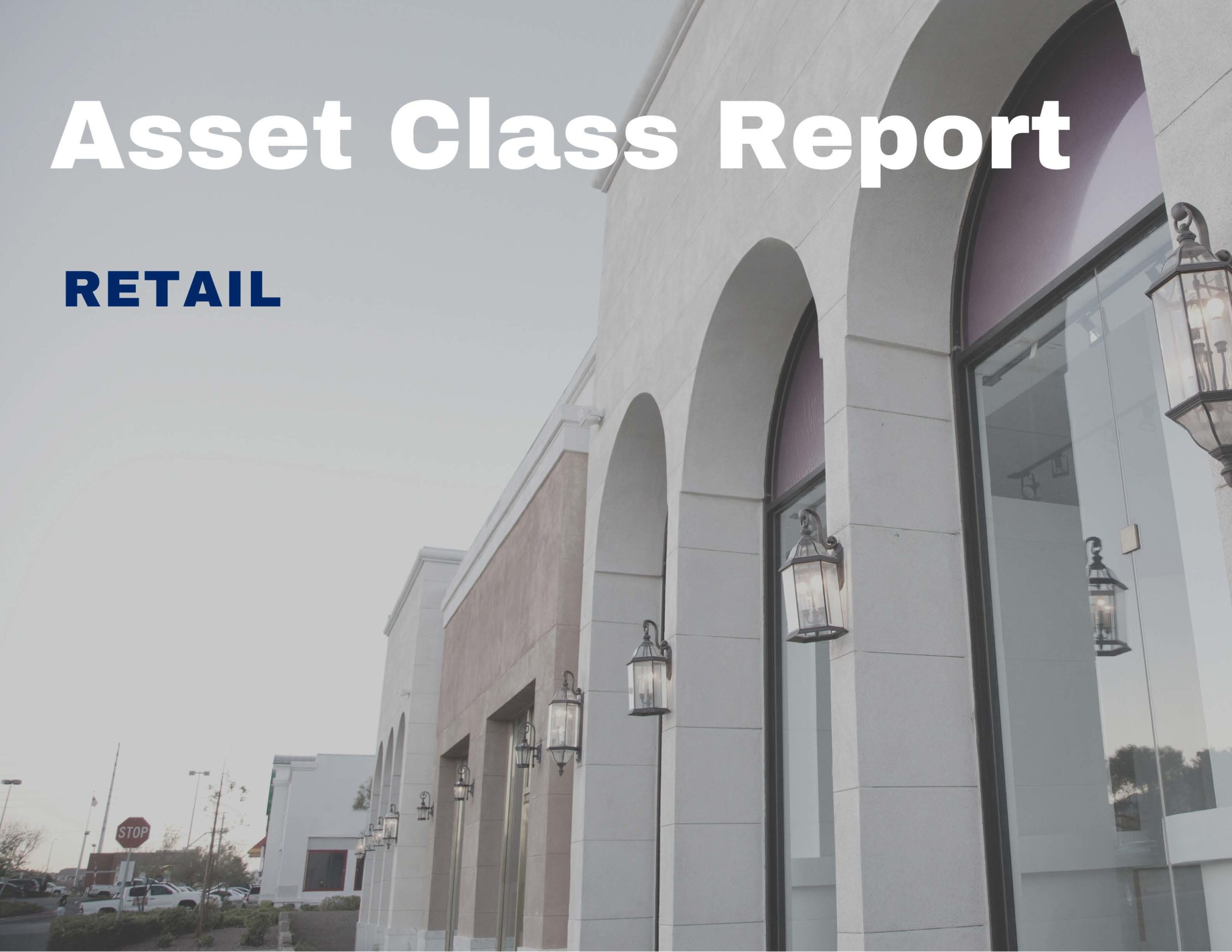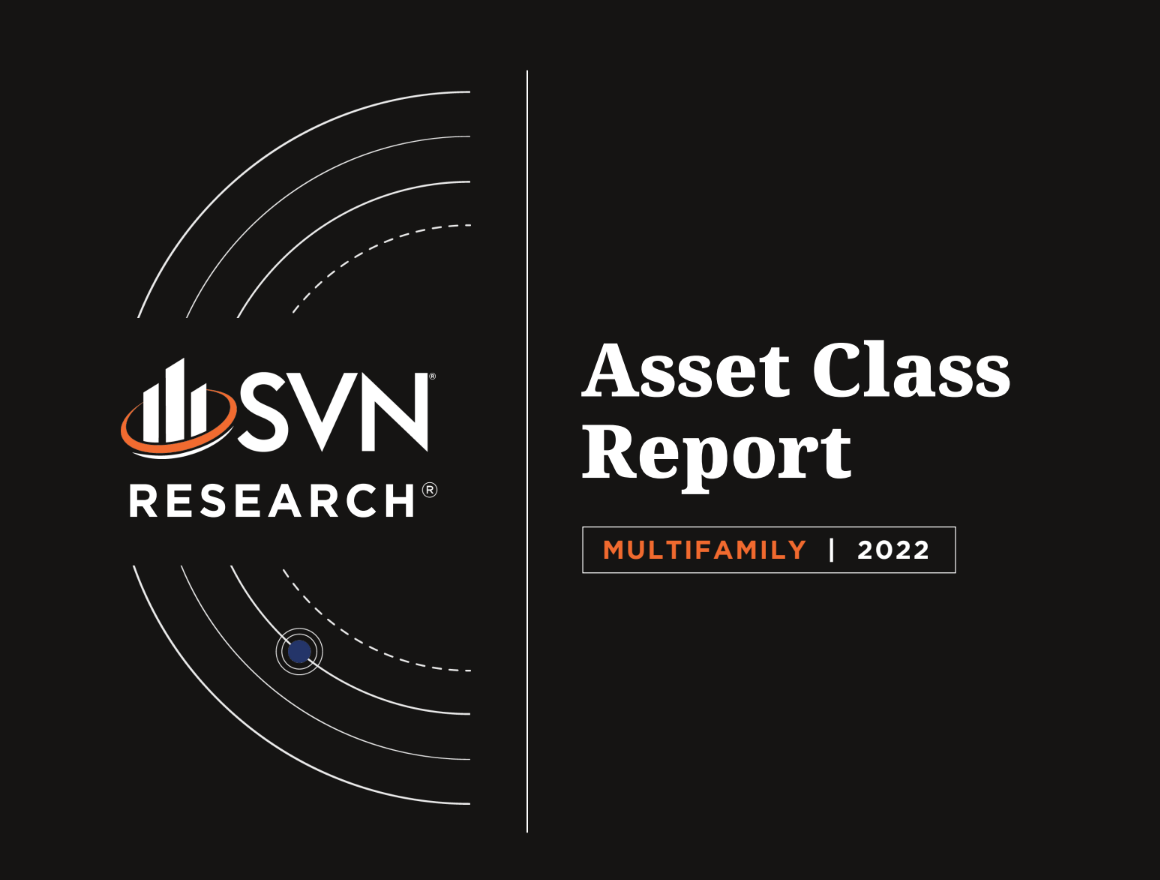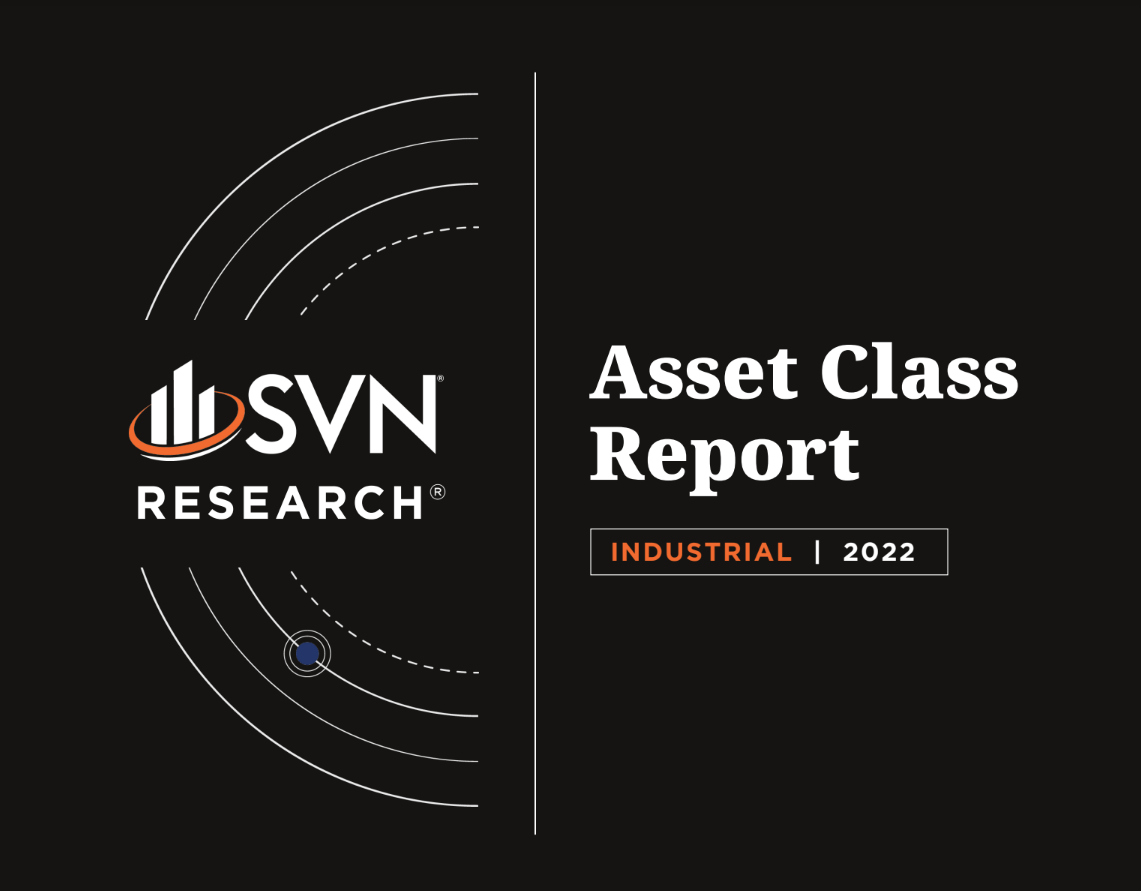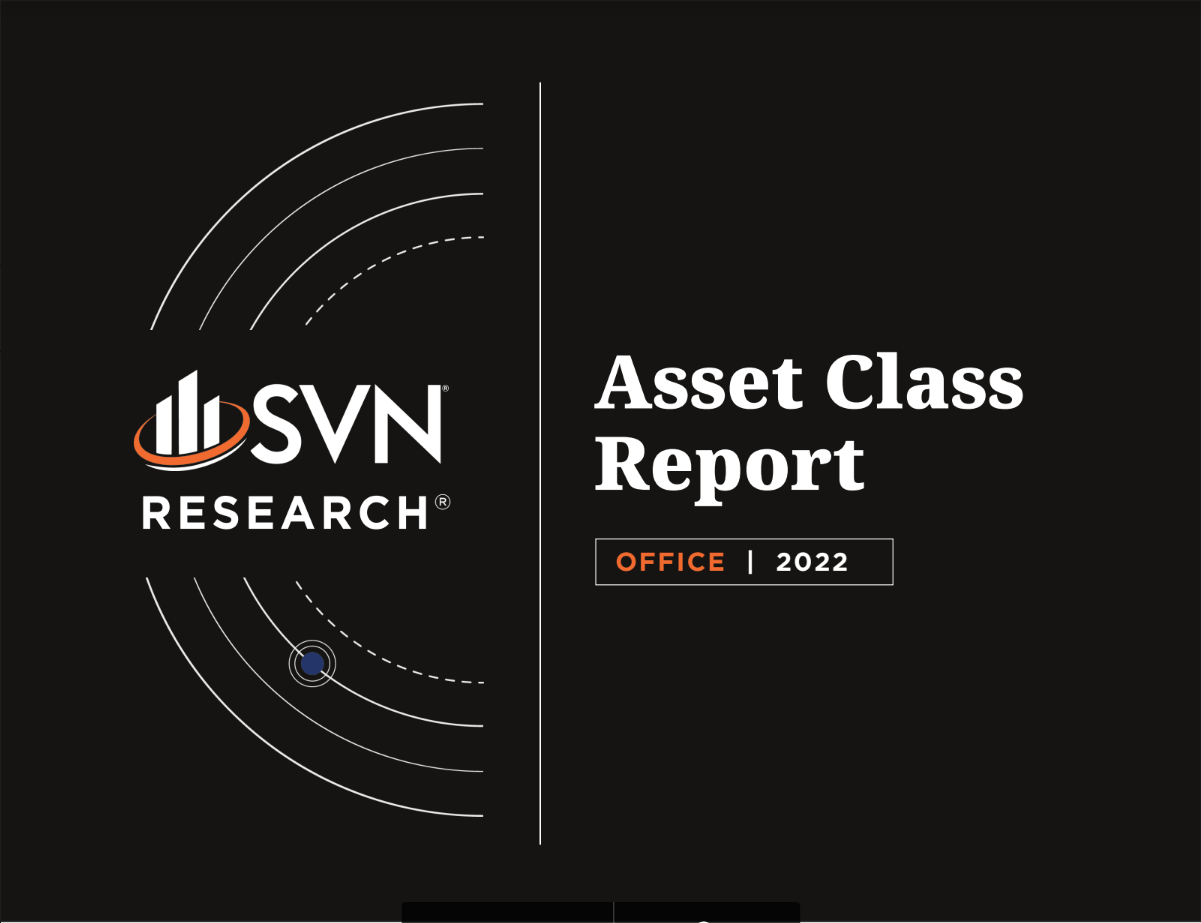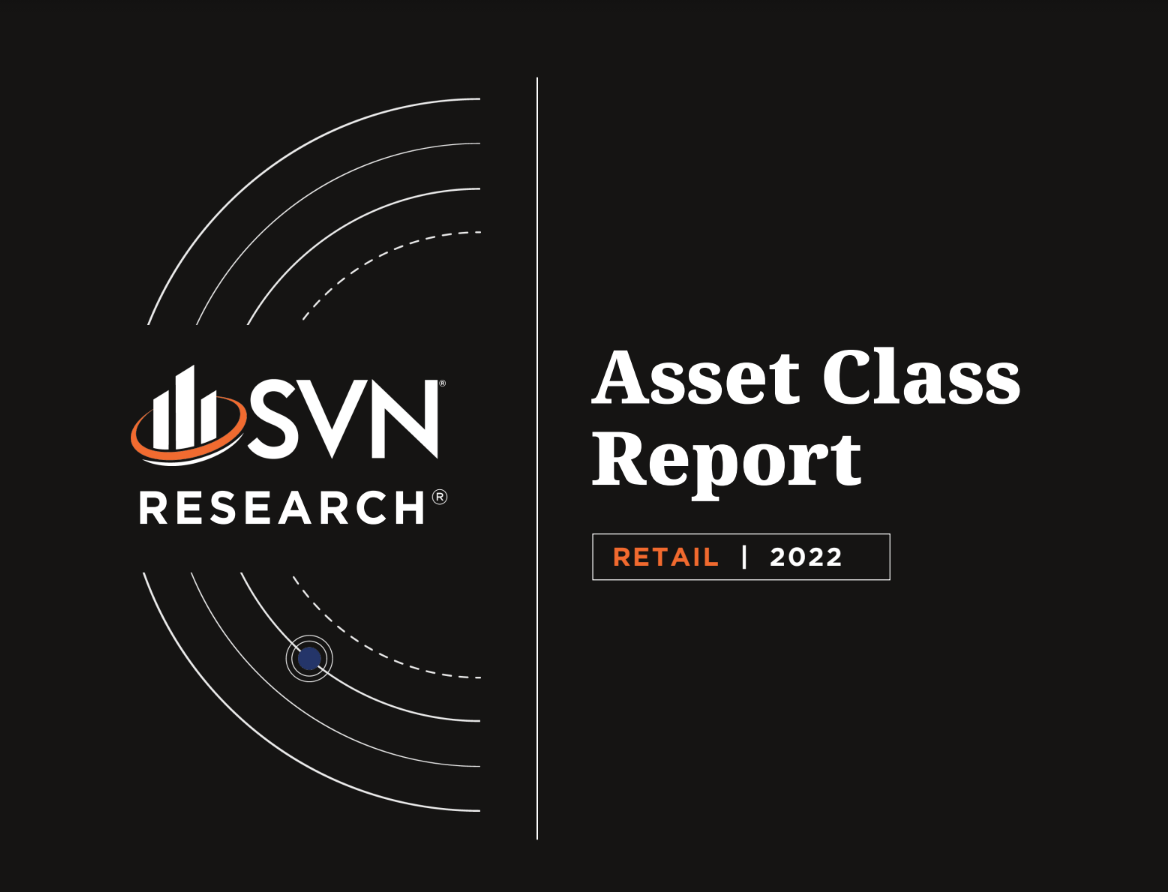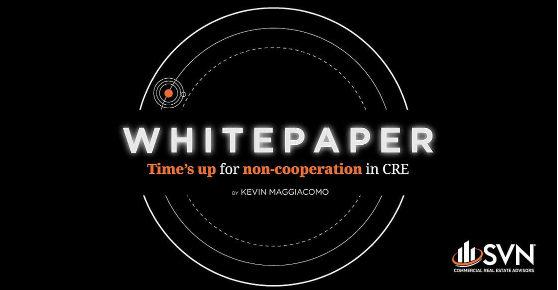admin / May 13, 2022
Commercial Real Estate Economic Update 5.13.22
Commercial Real Estate Economic Update 5.13.22
Featured topics:
-
Consumer Price Index
-
April Jobs Report
-
Interest Rates and Yield Curves
-
EY Work Reimagined Survey
-
Commercial and Multifamily Originations
-
Evictions
-
Stock Market Volatility
-
NMHC Apartment Survey
-
NAIOP CRE Sentiment
-
NY Federal Reserve Housing Survey
Commercial Real Estate Economic Update 5.13.2022 – (Download Full PDF)
1. CONSUMER PRICE INDEX
• Consumer prices rose 8.3% year-over-year through April, according to the Bureau of Labor Statistics’ Consumer Price Index (CPI). April’s reading was the first reduction in annual inflation since August 2021, but price pressures remain near 40-year highs.
• Prices rose just 0.3% month-over-month, a modest reduction from the monthly rates registered at the start of the year and the lowest 30-day increase since September. If prices grew at this rate over the course of one year, the annual inflation rate would sit at 4.1%.
• Core CPI, which excludes food and energy prices, accelerated on a month-over-month basis, rising from 0.3% in March to 0.6% in April.
• Energy prices moderated after facing significant pressures in March. The overall energy subcomponent of CPI fell by 2.7% month-over-month, down from an increase of 11.0% in March.
2. APRIL JOBS REPORT
• Non-farm payrolls increased by 428k in April, according to the Bureau of Labor Statistics. The unemployment rate held steady at 3.6%, while the number of unemployed persons remained virtually unchanged at 5.9 million.
• Jobs in leisure and hospitality, the hardest-hit sector from the pandemic and one of the leading recovery categories, have slowed for five consecutive months. While continued gains are positive, the slowing of growth as COVID-related impacts wane may indicate a cyclical hiring peak for the sector.
• Construction added just 2k jobs in April, down significantly from 20k in March and 54k in February. The slowdown is notable given that the sector typically sees a seasonal ramp-up of hiring in the Spring. Further, the slowdown may be indicative of the qualified labor shortage the sector has faced in recent months.
3. INTEREST RATES AND YIELD CURVES
• At its May meeting, the Federal Reserve’s policy-setting committee raised interest rates by 50 basis points from a range of 0.25%-0.50% to a range of 0.75%-1.00%. The policy move was the first half percentage point hike by the Fed since 2000, and it follows its initial quarter-percent point hike in March that began the tightening cycle.
• While a Summary of Economic Projections was not released alongside the May policy meeting, forecasts tabulated by the Chicago Mercantile Exchange’s Fed Watch Tool show an average year-end projection of 2.75%-3.00% for the Federal Funds Rate.
• Yields on the 10-year Treasury pulled back to 2.84% on Thursday, May 12th, as investors continue to run for safety in bond markets given recent selloffs in stocks and little relief from this week’s inflation data. The yield on the 30-year Treasury dropped 5 bps to 2.99%.
4. EY WORK REIMAGINED SURVEY
• A new survey by Ernst & Young dives underneath the “Great Resignation” surface to detail employees’ motivations and shifting sentiments. Workplace flexibility was of particular focus, with 80% of employees indicating a desire to work from home at least two days per week and just 20% indicating a hesitance towards fully remote working.
• Notably, workers with shorter commutes are more open to working in the office. For employees with less than a 30-minute commute, roughly 40% are comfortable with a full return to the office. This drops to 25% for employees with a commute of more than 60 minutes.
• 68% of employers say that turnover has increased in the past 12 months, while 43% of employees say they will likely leave their current employer within the next year — up from just 7% in the last year’s survey. Percentages are higher for Gen-Z and millennials compared to older generations.
5. COMMERCIAL AND MULTIFAMILY ORIGINATIONS
• Originations for both Commercial and Multifamily mortgages rose by 72% in Q1 2022 compared to Q1 2021, according to recent data from the Mortgage Bankers Association.
• Loan originations fell quarter-over-quarter from Q4 2021, falling 39% but remain in line with typical seasonality trends. MBA Vice President of Commercial Real Estate Research Jamie Woodwell says that the “strong momentum in commercial and multifamily borrowing and lending at the end of 2021 carried into the first quarter,” indicative of continued strong demand for certain property types, notably Industrial and Multifamily.
• By property type, Hotel originations increased the most year-over-year, rising by 359%. Industrial increased by 145% year-over-year, while Retail climbed by 88%. Originations for Health Care properties rose by 81%, while Multifamily increased by 57%. Office dropped by 30% year-over-year. On a quarter-over-quarter basis, declines were widespread due to seasonal trends.
6. EVICTIONS
• An ongoing weekly tracker by the Cleveland Fed that has tracked eviction filings throughout the pandemic finds that evictions are falling relative to 2019 levels, particularly in places that did not have blanket eviction bans in place over the past two years.
• Between April 22nd and April 30th, the latest dates of data availability, in areas with no previous local eviction ban, evictions fell 8.6% below their 2019 comparative week benchmark.
• Almost all eviction protections have been lifted since the start of the year, and the Fed data lends support to the idea that the risk of an “avalanche” of evictions was likely overstated. Still, evidence of rising stress has surfaced in recent weeks as emergency rental assistance continues to stall and dry up, and rising rents create affordability issues.
• HUD recently announced that it would double the size of its eviction protection program, which helps tenants seek legal assistance during proceedings.
7. STOCK MARKET VOLATILITY
• Beyond recent yield curve drama in bond markets, equity markets have experienced an uptick in volatility in recent weeks as the Federal Reserve policy changes alongside rising geopolitical risks unnerve markets.
• CBOE’s Volatility Index, better known as the “VIX,” finished at 34.75 on Monday, May 9th, up from 21.16 one month earlier. The VIX typically experiences daily fluctuations but has been in a heightened state since late January, when warnings of an impending Russian invasion of Ukraine started to spook markets. Since the actual invasion has taken place, VIX has become more elevated and reacted to other uncertainty-inducing events, such as the COVID lockdowns in China and a shift in Fed policy.
8. NMHC APARTMENT SURVEY
• The NMHC’s Market Tightness Index registered an observation of 60 in the second quarter of 2022 — remaining above 50 for the fifth consecutive quarter, reflecting a still tightening market. Still, the index has now come down for three straight quarters after reaching a high watermark of 96 in Q3 2021.
• The Equity and Debt Financing Indicines dropped to 35 and 9, respectively, signaling an overall challenging capital raising environment amid rising interest rates and growing market volatility.
• When asked about to what extent respondents are worried about rising inflation and interest rates, 42% reported being “very concerned,” while 55% were “somewhat concerned.” Only 3% reported being either “not at all concerned” or unsure.
9. NAIOP CRE SENTIMENT INDEX
• NAIOP’s bi-annual CRE sentiment index remained above 50 in its April release, a sign that more favorable market conditions are expected over the next 12 months. At the same time, the index fell from 56 in its prior release (September 2021) to 53 in April, marking declining optimism.
• In a shift from the September 2021 results, most respondents expect cap rates across CRE to rise this year, reflecting the impact of rising interest rates and inflation.
• CRE professionals firmly believe that both construction materials costs and construction labor costs will rise appreciably this year. • While equity financing conditions remain slightly positive (index reading = 51), respondents are pessimistic about the availability of debt, as its index fell from 54 in September 2021 to 39 in April 2022.
10. NY FEDERAL RESERVE HOUSING SURVEY
• According to the New York Federal Reserve’s SCE Housing Survey, renters are increasingly pessimistic about their ability to buy a home in the current market environment. Only 42% of renters in the 2022 survey think they will buy a home in the next three years — down 10 percentage points from 2021.
• Contributing to the outlook are current perceptions of underwriting standards. 33.5% of renter respondents felt it would be very difficult to obtain a mortgage, while an additional 29.7% thought it would be somewhat difficult.
• Only 20.5% of renter respondents felt it would be very or somewhat easy to obtain a mortgage — a decline of 5.5 percentage points from last year.
SUMMARY OF SOURCES
• (1) https://www.bls.gov/news.release/cpi.nr0.htm
• (2) https://www.bls.gov/news.release/empsit.nr0.htm
• (3) https://www.federalreserve.gov/monetarypolicy/files/fomcprojtabl20220316.pdf
• https://www.cnbc.com/2022/03/16/federal-reserve-meeting.html
• (3) https://www.cnbc.com/2022/05/12/us-bonds-treasury-yields-fall-following-hot-inflation-data. html
• (4) https://www.ey.com/en_gl/workforce/work-reimagined-survey
• (7) https://fred.stlouisfed.org/searchresults?st=vix
• (9) https://www.naiop.org/Research-and-Publications/Sentiment-Index
• (10) https://www.newyorkfed.org/microeconomics/sce/housing#/renters_1
©2022 SVN International Corp. All Rights Reserved. SVN and the SVN COMMERCIAL REAL ESTATE ADVISORS logos are registered service marks of SVN International Corp. All SVN® offices are independently owned and operated. This is not a franchise offering. A franchise offering can only be made through a Franchise Disclosure Document.
« Previous Next »


